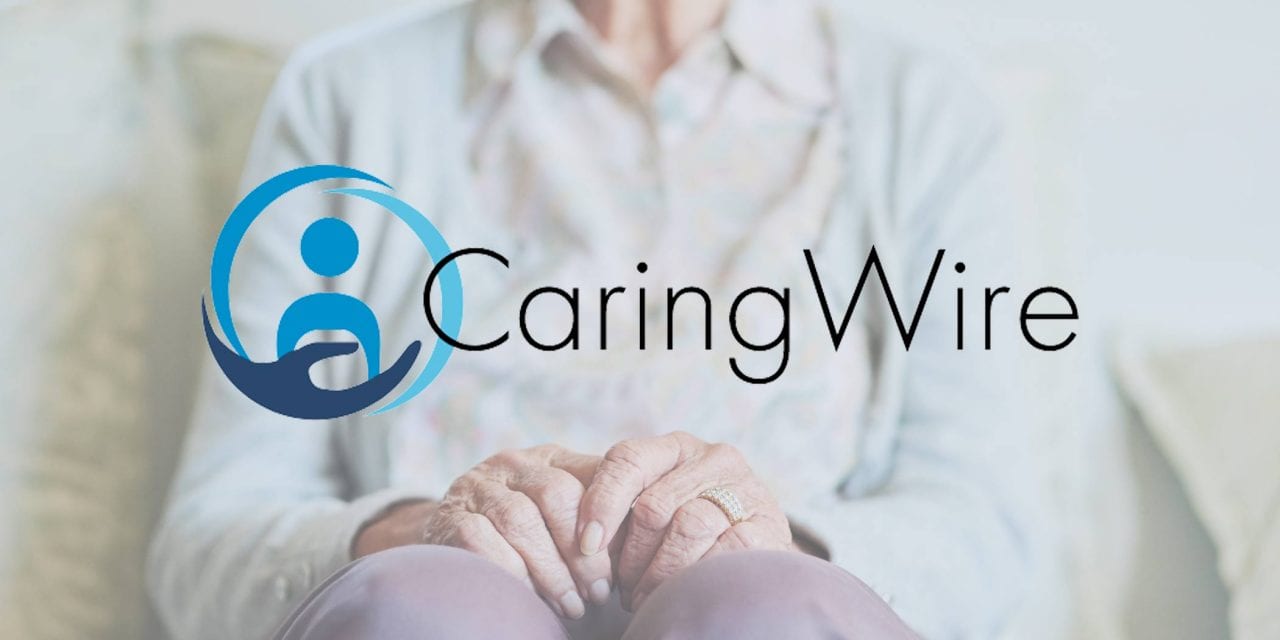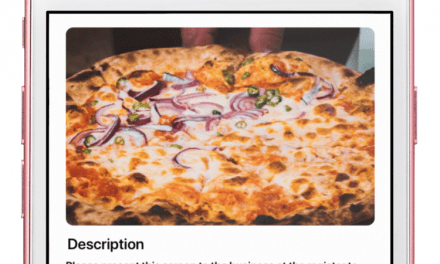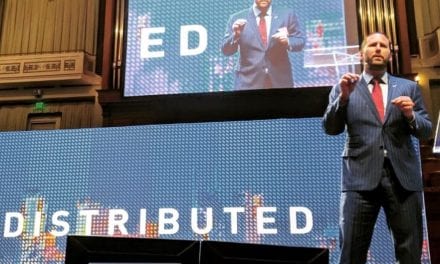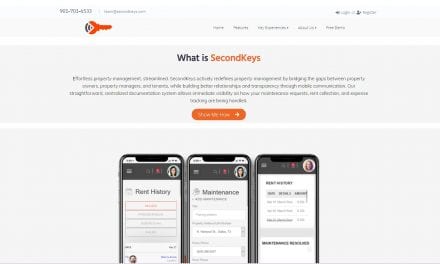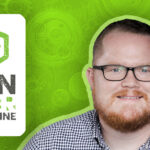There are two big things to take away from the National Council on Aging’s “Healthy Aging Facts.” The first is “approximately 80 percent of older adults have at least one chronic disease, and 77 percent have at least two.” The second takeaway is “chronic diseases account for 75 percent of the money our nation spends on health care, yet only 1 percent of health dollars are spent on public efforts to improve overall health.”
A child of two entrepreneurs, CEO and Founder of CaringWire Michael Sentz worked for Textron, a network of aircraft, defense, industrial, and finance businesses, for almost ten years. His job focus was process improvement. This meant flying without instruments and handling the “go fix it-type problems” within the company. It also involved correcting the “people, process, or product issue” as a Six Sigma Black Belt.
“It was my job to come in and understand what’s going on, and put in a sustainable fix,” he tells Launch Engine. He explains that that methodology “framed his lens for understanding the world.”
After receiving his MBA from Ohio State, he decided to move back in with his parents in Columbus, Ohio, while he tried to find a permanent home. He was used to doing 6-8 month stints in different operating units of Textron business locations all around the world. At the time, Michael was experimenting with what he wanted to do in business school, which meant steady consulting work for other businesses. He says his mother became stressed as she had to care for her aging parents, and he offered to help her. Seeing what she was going through, he concluded that being a caregiver is a stressful task with little aid. He also came to realize that those taking care of an aging loved one means ride an emotional rollercoaster with every potential hospital visit.
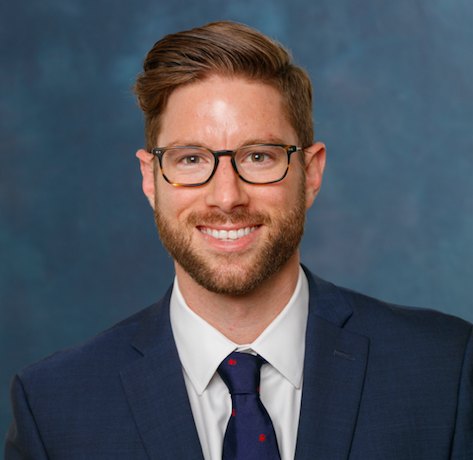
“It became her full-time job,” Michael says of his mother’s caregiving. “Like 15 percent of Americans, my mom took an early retirement as a result. And this became her life.”
For Michael’s mom, the burden of being a caregiver was a difficult challenge. It meant an increase in stress, a sacrifice of disposable income, and a shrinking social circle. The friends who would come over for her wine nights or book club would talk about the similar experiences that they were having, as many of their parents were at an age where they needed help.
“This really kind of opened my eyes. I was like ‘Hold on a second!’” Michael recalls. “This isn’t just my mom. This is everybody.”
In 2018, Michael began talking to the people in his mother’s social circle to see what they were experiencing. Later, he broadened the circle to include some industry experts to get insight on senior care. He wanted to know if he could apply his process improvement skills to the process of caring for someone who is older. His research changed his view on this being a healthcare problem and showed him that “there was no well-designed pathway to support users” as they become primary caregivers.
As part of designing this pathway, Michael formed CaringWire, which he describes as a “geriatric care manager.”
“It’s an online assessment that anybody can take,” he explains. “It takes about three minutes to fill out. And we understand the social, physical, and mental needs of both the caregiver and care recipient(s).” CaringWire creates custom care plans from that online assessment that, according to Michael, “set milestones for both the caregiver and the care recipient, and plugs them into the community-based resources that address their highest-value needs.” These needs include safety, independence, and respite from stress. The open-platform setup of CaringWire means that others in a care recipient’s circle can help the primary caregiver, taking some of the weight off of them. Michael says that this lets everyone “play from the same sheet of music” instead of relying on group text messages or emails to troubleshoot caregiving. An added benefit is that the shared process tells the primary caregiver that they’re not alone.
Michael shares, “One of the staggering statistics is that there are over 50 million caregivers in the United States. Provide $470 billion dollars worth of unpaid care each and every year. And that care mostly goes to what’s known as ‘social determinants of health,‘ which account for 60 to 80 percent of [an] older adult’s health-spend. Right, so, 20 percent is actual healthcare. The rest of it is social, environmental, and lifestyle factors.”
Explaining the “social determinants of health,” Michael says they are “the real headache” for most caregivers in that they are the costs that families are expected to pay when caring for someone. He says that the resources to help with social determinants of health are fragmented and that people don’t know who to trust.
“It’s not necessarily a reimbursable expense,” Michael explains. “We’re solving a real pain point for older adults and their family caregivers that has a tremendous impact. We’re building our case studies now that indicate that we can save about 20-25 percent [of] health costs.” According to Michael, this different model “comes with a wave of value-based care as opposed to fee-for-service.”
The CaringWire service is free to use. It makes money by partnering with organizations that appreciate what CaringWire is doing— something Michael labels “an assessment referral communications support tool.” Organizations such as nonprofit housing provider United Church Homes or Jewish Family Service make use of CaringWire’s referrals to connect people with services they need.
The ultimate goal of CaringWire is to get into the fields of managed care and employee wellness. In fact, they are currently working toward this with a few strategic partners, including municipalities in Ohio. Michael likens it to a Silver Sneakers benefit for enrolling in a Medicare Advantage program. In this case, an insurance provider pays for it, but the providers’ consumers “get it for free as an extension of their care value chain.”
As Michael notes, growing old is a taboo in America. But it doesn’t have to be. And if he has his way, CaringWire will let those being cared for have a say in their care. This includes things like uploading documents such as a will and power of attorney, or making sure their preferences are represented in the quality of care. He wants the assessments to be used by people who aren’t ready for retirement just yet. That way, they can be in charge of what their care will look like, instead of being people who are “helpless and dependent on others.”
CaringWire’s idea seems popular, as it has experienced 18-25 percent month-over-month growth in users at the time of writing. “COVID-19 has been an accelerant,” Michael explains. “People are delaying the decision of placing a loved one in a facility and they are looking for answers on how to enable their loved one to thrive with dignity and safety. ” He says that the silver lining during the pandemic for CaringWire is that people want to find those resources that can support them in their caregiving journey. The fact that they have the time to research turns more people on to what CaringWire can do.
Growing organically from word-of-mouth endorsements of people it’s helped and by partner networks, CaringWire has plugged users into a digital village of almost 6,000 resources just in 2020.
Michael says, “We’re very thankful, and happy we could have built something and be there for people when they need it.”
Launch Engine readers should know that CaringWire is based out of Columbus, Ohio. The company came onto the site’s radar after recently participating in the Nashville Entrepreneur Center’s September Pitch for Good, where they were selected as the Crowd Favorite and won a business scholarship. CaringWire is currently building its case studies for business use. For further information about CaringWire, be sure to visit their website and social media.


